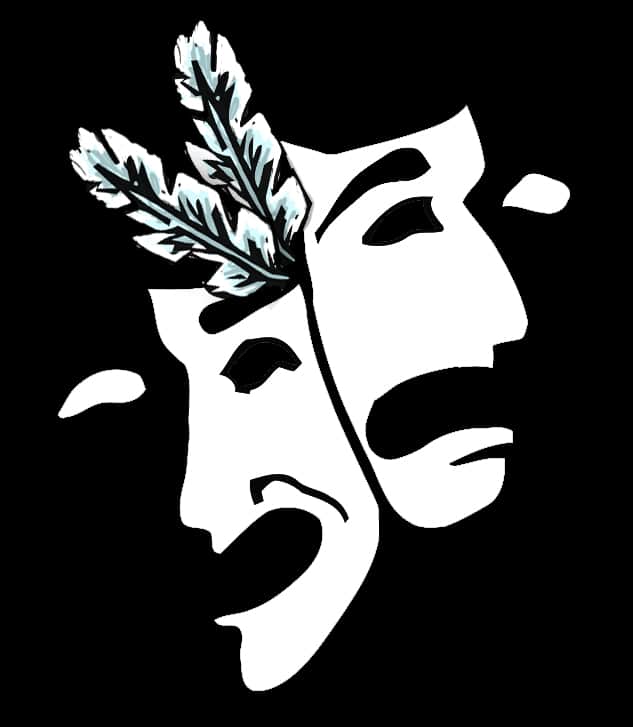For the first time in its history, the University of Saskatchewan is offering a program solely dedicated to the study and development of Aboriginal theatre. The wîchêhtowin: Aboriginal Theatre Program hopes to prepare students for futures in theatre performance, production and writing.
Launched in the fall of 2015, the wîchêhtowin: Aboriginal Theatre Program is a two-year certificate program available to U of S students. It is completed concurrently with another degree, such as a bachelor of arts or a bachelor of fine arts.
Carol Greyeyes, director of the program and an assistant professor with the department of drama, has seen how theatre at the U of S has changed since she was a student herself.
 “At the time — which was in the 70s, a long time ago — the state of theatre was mostly British and American, [a] very Eurocentric type of theatre. Really, Canadian theatre as a genre was just starting. There was very little native theatre,” Greyeyes said.
“At the time — which was in the 70s, a long time ago — the state of theatre was mostly British and American, [a] very Eurocentric type of theatre. Really, Canadian theatre as a genre was just starting. There was very little native theatre,” Greyeyes said.
The U of S has made strides towards diversity with the creation of the wîchêhtowin: Aboriginal Theatre Program. Greyeyes believes that it is the only certificate of its kind in Canada.
The wîchêhtowin: Aboriginal Theatre Program only accepts eight students every two years. These students work together for the duration of their studies, sharing classes, ideas and support.
Despite the shorter length of the program, Greyeyes is confident that students will walk away with the skills they need to bring theatre back to their own communities.
The program culminates with an original production, created entirely by the students.
“They do the set design and they do the costume design. They’ve written it, because they’re taking an Aboriginal playwriting course, and they will perform in it,” Greyeyes said. “That production will be an original production and will also add to the native theatre canon in Canada and across the globe. It’s just adding to contemporary Indigenous performance.”
For Tyler Lafferty, a first-year philosophy student, the Aboriginal Theatre Program is different from other courses that he is able to take. It allows students to examine things from a perspective they might otherwise miss out on.
“I’m First Nations, so this is a viewpoint that is very familiar to me but to many others, it is not. It’s a view from an entirely different [group] of people,” Lafferty said. “So far we’ve read three plays and done essays on two of them. The themes of them both take existing works, like Metropolis or Tarzan, and make that from an [Aboriginal] perspective using the same themes, but put First Nations characters in it. Or, they’re entirely original stories about real things that happened, like the residential schools or real life tragedies that happened on reserves.”
Ultimately, Lafferty views the wîchêhtowin: Aboriginal Theatre Program as a chance to expand his horizons and learn new things.
“University is a place not only to express ideas but to share in each other’s cultures. This is just another opportunity to interact with a culture that’s different from yours.”
The name of the program, “wîchêhtowin,” translates to “we live together in harmony; we help each other; we are inclusive” in Cree. It is a fitting name for something that seeks to connect groups of people through the arts, as both Lafferty and Greyeyes believe the program achieves.
“My hope is that people get connected, [and] that it promotes understanding of First Nations. We have people who don’t have a clue about First Nations culture. I think it would be wonderful for them to go see a play, see a performance and get curious about these people, and their lives and their perspective on things,” Greyeyes said.
Greyeyes hopes that the Aboriginal Theatre Program will bring together people from all cultures, and not just those that are Indigenous to Canada.
“I would like to see an exciting exchange going on. Ultimately, everyone is part of the circle and everyone is sharing their particular ideas and perspectives.”
—
Image: Jeremy Britz / Graphics Editor